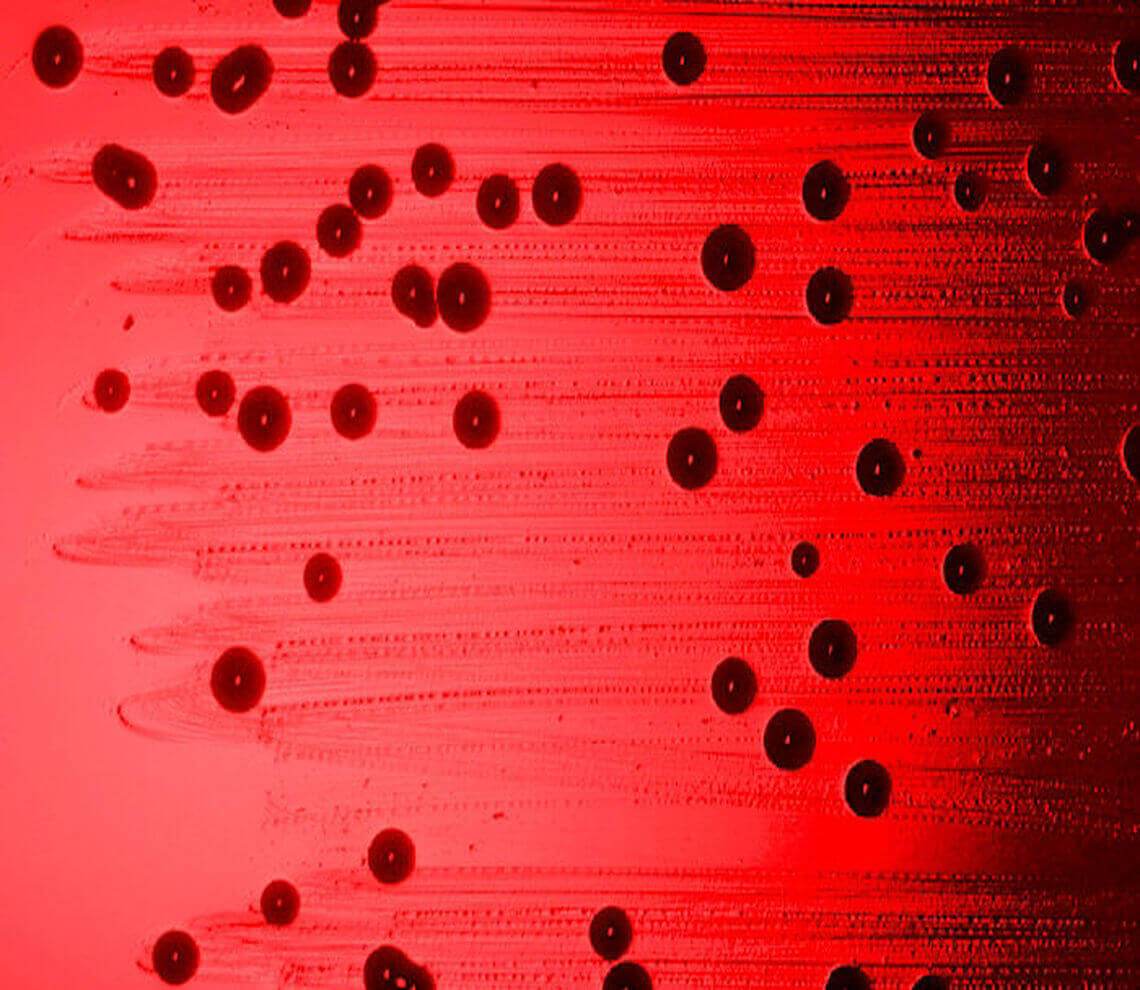- Our Suppliers
- MBS Monoclonals
- MOUSE Anti-HELICOBACTER PYLORI LPS Antibody
Product short description
Price:
370 EUR
Size:
100ug
Catalog no.:
GEN211675
Product detailed description
Purification method
N/A
Gene name
N/A
Gene name synonims
N/A
Other gene names
N/A
Other names
N/A
Immunoglobulin isotype
IgG3
Clone
2107
French translation
anticorps
Category
Antibodies
Clonality
Monoclonal
Latin name
Mus musculus
Disease
helicobacter
Subcategory
Mnoclonal antibodies
Host organism
Mouse (Mus musculus)
Also known as
HELICOBACTER PYLORI LPS
Concentration
IgG concentration 1.0 mg/ml
Form/Appearance
Purified (Purified IgG - liquid)
Tested applications:
Immunohistology - Paraffin (IHC), ELISA (EIA), Immunohistology - Frozen (IHC), Immunofluorescence (IF)
Additional disease
Helicobacter pillory antibodies and ELISA kits as diagnostic to detect Gram-negative helicobacter bacteria genus name Helicobacter.
Properties
If you buy Antibodies supplied by MBS Monoclonals they should be stored frozen at - 24°C for long term storage and for short term at + 5°C.
Description
This antibody needs to be stored at + 4°C in a fridge short term in a concentrated dilution. Freeze thaw will destroy a percentage in every cycle and should be avoided.
Species reactivity
Bacterial; Due to limited knowledge and inability for testing each and every species, the reactivity of the antibody may extend to other species which are not listed hereby.
Specificity and cross-reactivity
HELICOBACTER PYLORI LPS This item is specific for the Helicobacter pylori lipopolysaccharide (LPS).; Since it is not possible to test each and every species our knowledge on the corss reactivity of the antibodies is limited. This particular antibody might cross react with speacies outside of the listed ones.
Test
Mouse or mice from the Mus musculus species are used for production of mouse monoclonal antibodies or mabs and as research model for humans in your lab. Mouse are mature after 40 days for females and 55 days for males. The female mice are pregnant only 20 days and can give birth to 10 litters of 6-8 mice a year. Transgenic, knock-out, congenic and inbread strains are known for C57BL/6, A/J, BALB/c, SCID while the CD-1 is outbred as strain.
Storage and shipping
Store the antibody at +4 degrees Celsius for short-term storage and at -20 degrees Celsius for long-term.Storage in frost-free freezers is not recommended. the antibody should be stored undiluted. Repeated freeze - thaw cycles may denature the peptide chains of the antibody and therefore should be maximally avoided. If there is a precipitate in the vial we recommend you to briefly microcentrifugate it prior to use. Shelf Life: 18 months from date of dispatch.
Gene
Bacterial pathogen lipopolysaccharides (LPS) are the major outer surface membrane components present in almost all Gram-negative bacteria and act as extremely strong stimulators of innate or natural immunity in diverse eukaryotic species ranging from insects to humans. LPS consist of a poly- or oligosaccharide region that is anchored in the outer bacterial membrane by a specific carbohydrate lipid moiety termed lipid A. The lipid A component is the primary immunostimulatory center of LPS. With respect to immunoactivation in mammalian systems, the classical group of strongly agonistic (highly endotoxin) forms of LPS has been shown to be comprised of a rather similar set of lipid A types. In addition, several natural or derivative lipid A structures have been identified that display comparatively low or even no immunostimulation for a given mammalian species. Some members of the latter more heterogeneous group are capable of antagonizing the effects of strongly stimulatory LPS/lipid A forms. Agonistic forms of LPS or lipid A trigger numerous physiological immunostimulatory effects in mammalian organisms, but--in higher doses--can also lead to pathological reactions such as the induction of septic shock. Cells of the myeloid lineage have been shown to be the primary cellular sensors for LPS in the mammalian immune system. During the past decade, enormous progress has been obtained in the elucidation of the central LPS/lipid A recognition and signaling system in mammalian phagocytes. According to the current model, the specific cellular recognition of agonistic LPS/lipid A is initialized by the combined extracellular actions of LPS binding protein (LBP), the membrane-bound or soluble forms of CD14 and the newly identified Toll-like receptor 4 (TLR4)*MD-2 complex, leading to the rapid activation of an intracellular signaling network that is highly homologous to the signaling systems of IL-1 and IL-18. The elucidation of structure-activity correlations in LPS and lipid A has not only contributed to a molecular understanding of both immunostimulatory and toxic septic processes, but has also re-animated the development of new pharmacological and immuno-stimulatory strategies for the prevention and therapy of infectious and malignant diseases.
© Copyright 2016-Tech News . Design by: uiCookies

